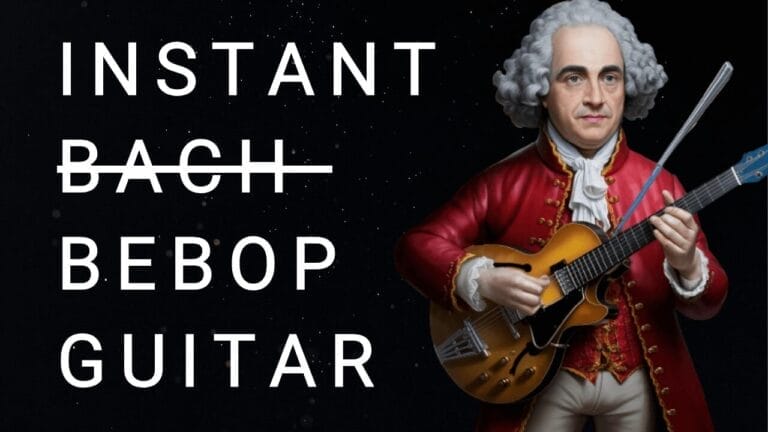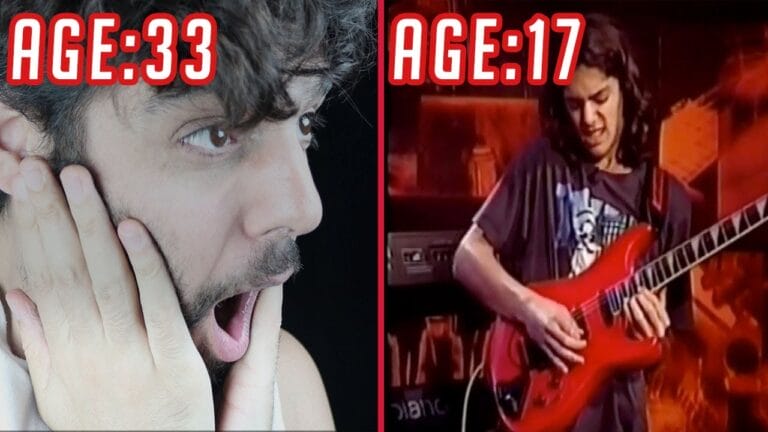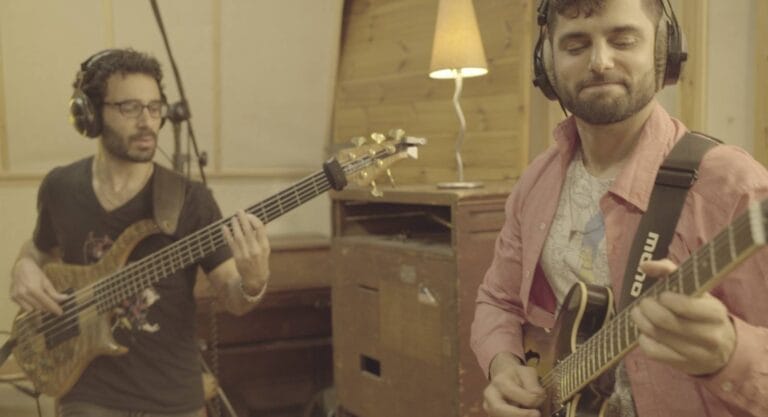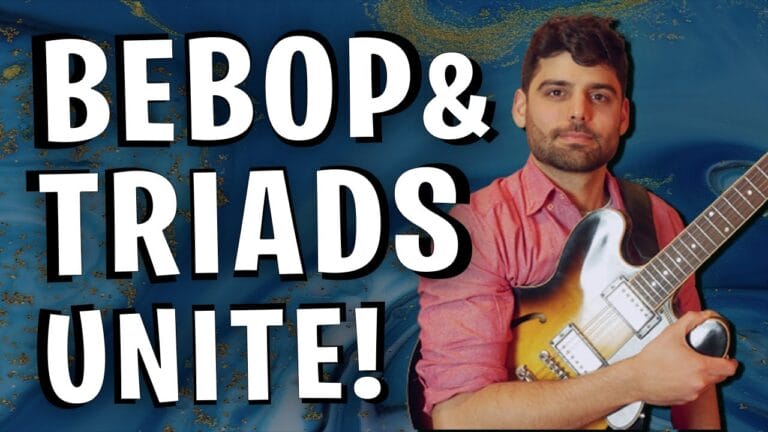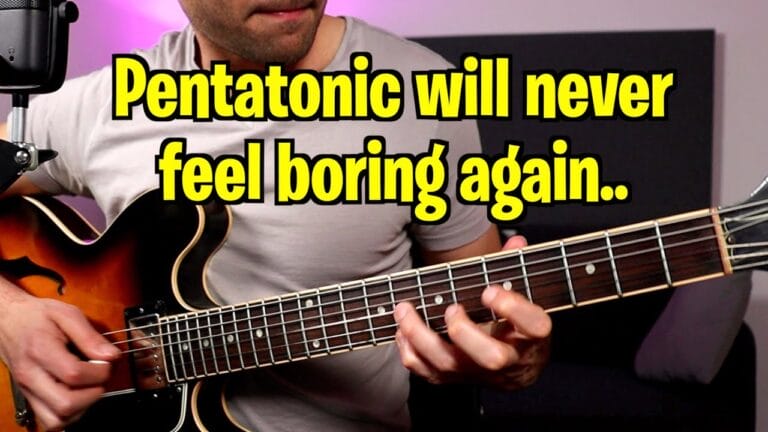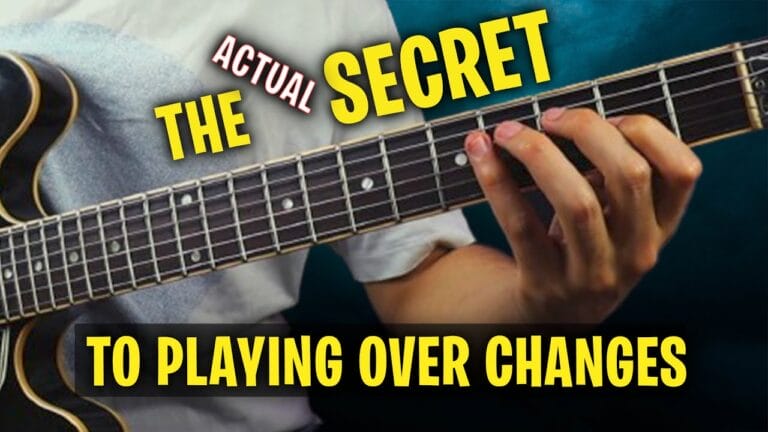How to Analyze Jazz Guitar Phrases Effectively
Hey everyone! Check out my brand-new video! This 7-minute video shows you how I analyze phrases.
One of the things I do when I teach guitar is to introduce my students to the core elements of music.
Anyone who’s accessed my Galactic Modern Guitar Program knows how deep I get about the mechanics of music (Harmony, Melody, Rhythm, Voice leading, Fretboard Visualization, etc.)
But as much as I love the various bits and pieces
“𝗧𝗵𝗲 𝘄𝗵𝗼𝗹𝗲 𝗶𝘀 𝗴𝗿𝗲𝗮𝘁𝗲𝗿 𝘁𝗵𝗮𝗻 𝘁𝗵𝗲 𝘀𝘂𝗺 𝗼𝗳 𝗶𝘁𝘀 𝗽𝗮𝗿𝘁𝘀”
Whether I’m teaching online or in person, I emphasize the importance of connecting the dots.
Get to know the elements of music, but also how they relate to each other. In each artist’s artistic journey, they balance the two in different ways.
The first and foremost thing I am is a big music fan.
Listening to a few bars and analyzing them inspires me.
Transcribing, or looking through scores and transcriptions, is something I enjoy doing periodically.
It helps me understand how things are connected mechanically and emotionally.
Naturally, I do not analyze everything I hear or learn all the time (or visually).
It’s very important to just let go and enjoy the sounds without thinking about anything.
(When in the moment, creating or observing)
Anyway, let’s talk about the analysis part of the new video:
As a musician, drawing these circles, arrows, colors, and text has been very productive
In terms of developing my language.
I’ve reflected on and understood how different elements can interact to create different phrases and contrasts.
Therefore, the idea is to learn concepts that you can then apply to other scales, tunes, keys, etc.
Instead of just learning a lick and leaving it there.
If you’ve read this far, I hope it made sense, and that this is helpful and relevant to your journey. I hope you enjoy the video and stay tuned for more.
Today, I would like to share the wonders of composing with you, as well as how it has helped me find my musical identity and the steps I take in my creative process.









